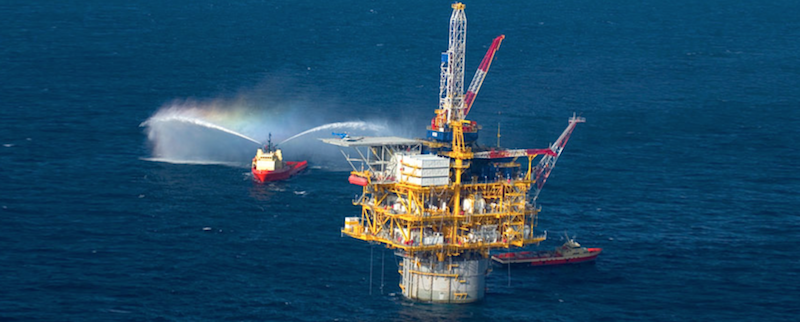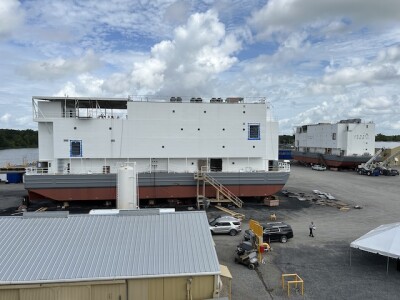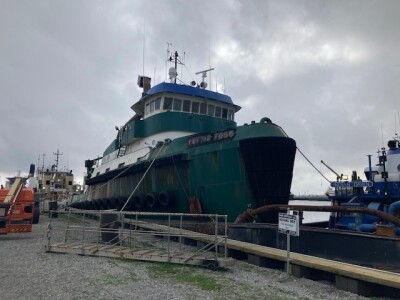The investment world is all about the future and what you will do next year. That is why the stock market is always focused on what might be different from now, or the recent past. Given that focus, last week’s release of two Wall Street surveys of oil and gas company 2018 spending plans brought a sobering outlook for the offshore business.
The two surveys, from Evercore ISI and Barclays Capital, expect global E&P spending to increase 7%-8% in 2018. That will make it two consecutive years of spending increases, following two years of drastically lower spending in response to the 2014 collapse in oil prices. The most important part of the surveys is that the increases are short of typical second-year recovery gains. In the past two downturns — 2003 and 2009 — the second year of the recovery saw double-digit percentage increases in total capital spending compared to the high single-digit increases expected now.
OPEC held its semiannual meeting in late November, in the midst of the E&P company budgeting cycle. Thus, it is possible the spending estimates may be on the conservative side, since companies may have been hesitant to speculate on OPEC actions. It suggests that if oil prices stay where they are, or rise, during the first part of next year, we could see increases in spending plans announced when companies report their 2017 year-end results in January and February.
There is also the possibility that the more modest spending increase for next year reflects that companies are reacting to the investor push for greater capital discipline. Living within their cash flows is often touted by E&P executives, but they seldom live up to the promise as the “animal spirits” begin to overtake the discipline when oil prices remain high. So don’t be surprised that if global economic growth holds up, you will see more spending as 2018 unfolds.
The offshore market, which is estimated to account for about 19% of total oil and gas industry spending in 2018, is estimated to see a roughly 14% decline. That is less of a decline than the 35% and 19% drops experienced in 2016 and 2017, respectively. This outlook is not surprising given the focus on quicker payback investments, which favors onshore shale drilling over long-term offshore projects. But, if oil prices hold up next year, we fully expect some upside to the offshore spending estimates as major oil companies resume their push to add to reserves and future production growth that most likely will only come from stepped-up offshore drilling and development activity. Efforts underway to cut well and field development expenses should begin to pay off in increased activity, assuming oil prices remain around $60 a barrel.
The best news in the two surveys was that for North American companies, slightly more of them this year (88% vs. 85%) believe that as much as 25%-50% of the well cost savings they have engineered so far are structural savings rather than cyclical ones. That means E&P companies have figured out how to drill, complete and produce wells more efficiently than before the downturn.
We know that this cost cutting effort began onshore and has been a significant industry focus for the past three years. We have seen the effort shift to offshore programs, cementing the possibility of positive upside spending surprises for offshore work in 2018. That is one reason why some analysts are starting to warm up to the investment potential of offshore-oriented stocks. Remember, in the world of Wall Street, expectations of better times are what drive stock prices, not the actual realization.





